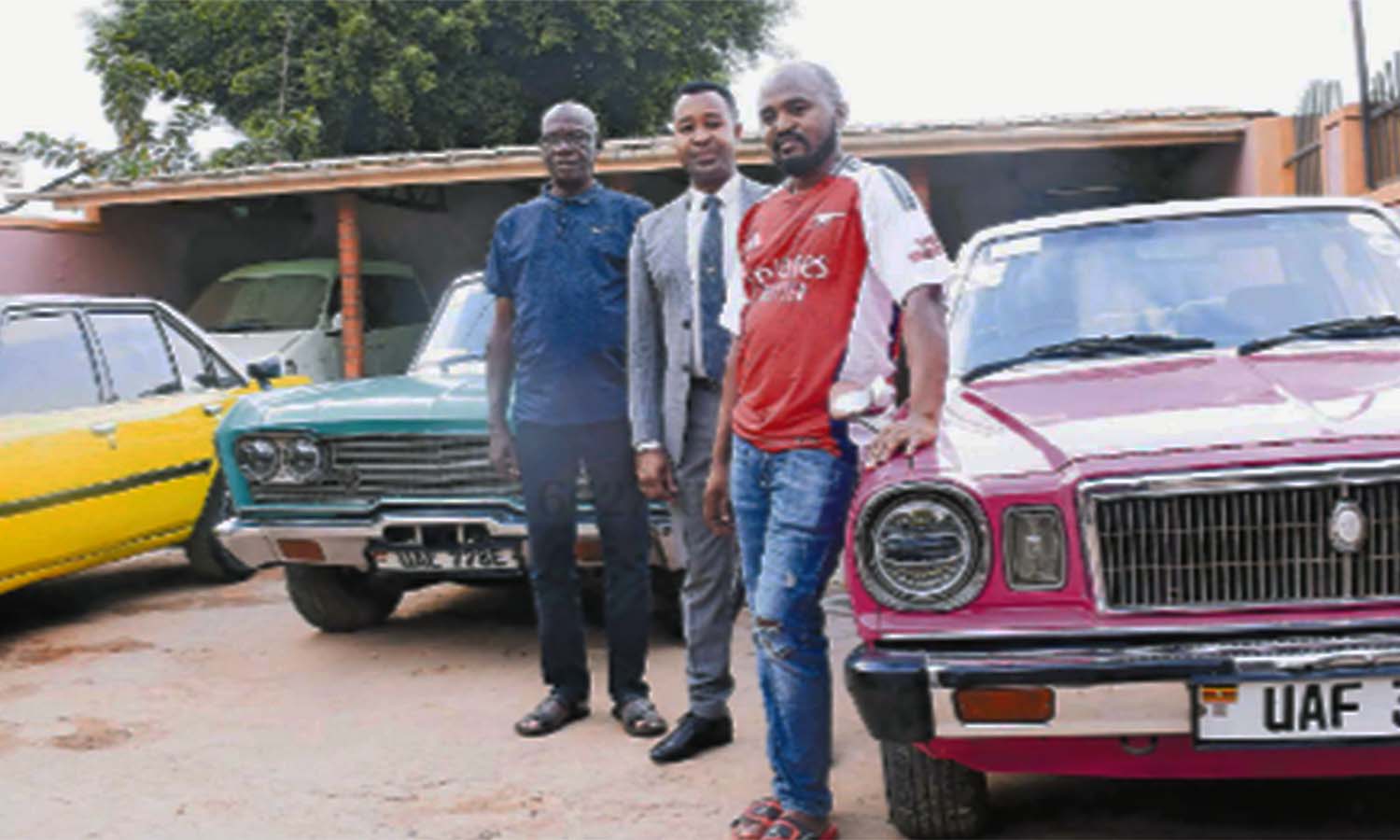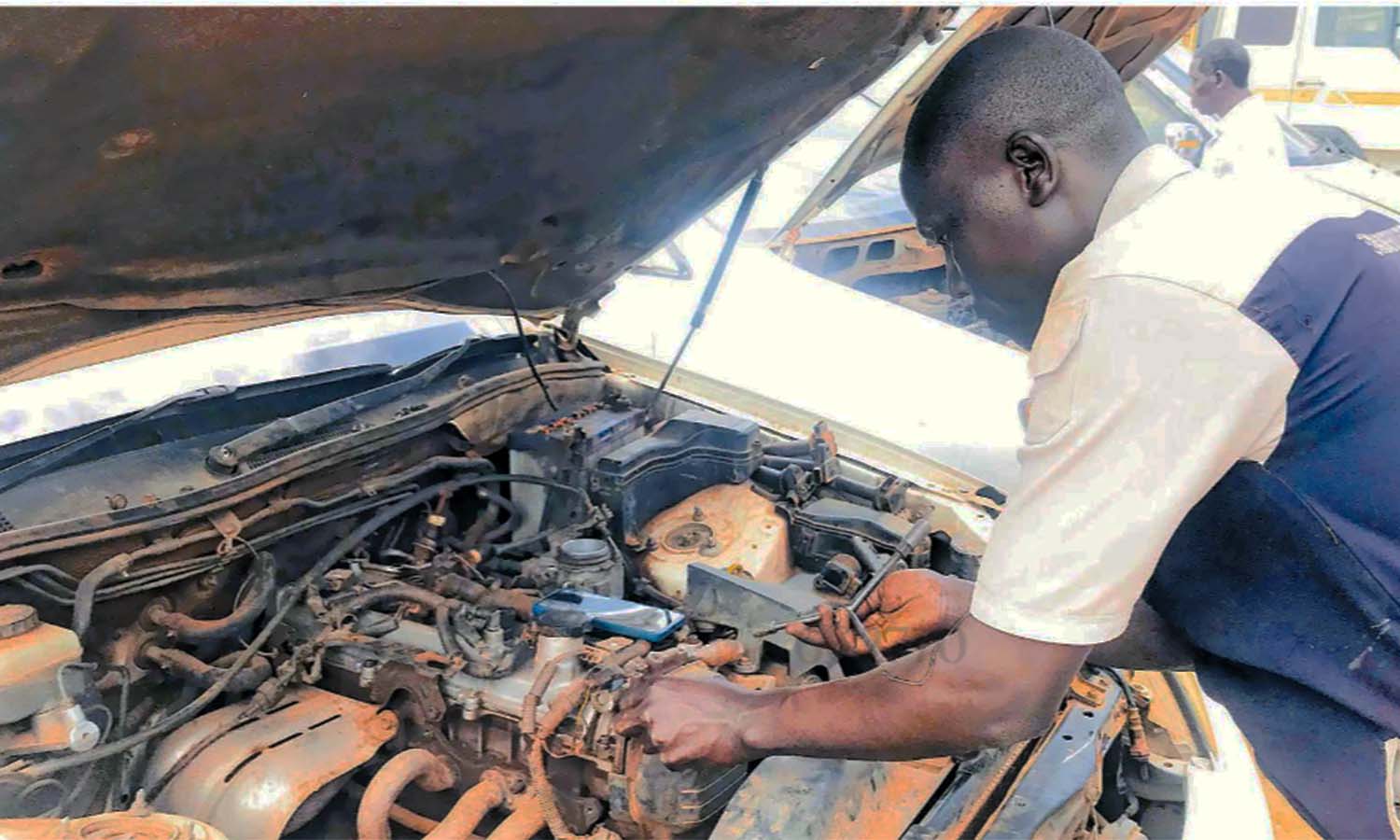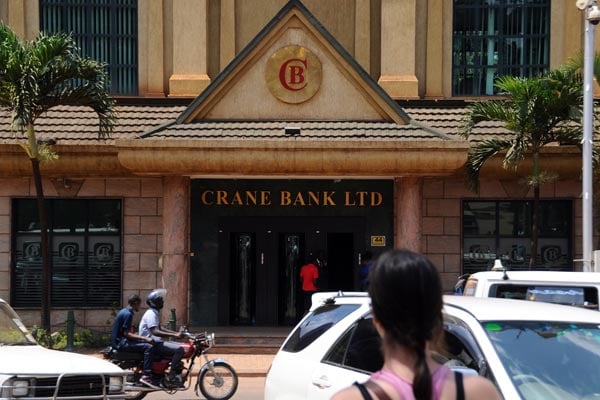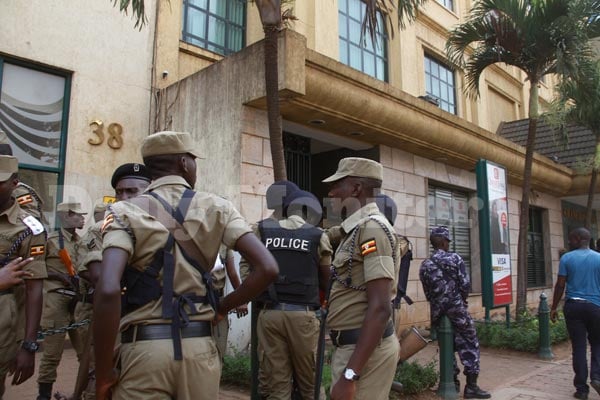Prime
What it takes to own a bank in Uganda

Crane Bank main branch in Kampala. Ever since management of the bank was taken over by BoU on October 20th, 2016, there have been questions around the ownership. Photo by Colleb Mugume
What you need to know:
- Due to the cases of collapsing indigenous banks in the 1990s, there were amendments made to the laws especially regarding ownership.
- If one is to own a bank where one has a shareholding of more than 5 per cent, the Central Bank has to approve this by determining whether a company or individual passes the fit and proper test.
Ever since the
by Bank of Uganda (BoU) on October 20, 2016, there have been questions around the
, especially over whether the bank had any links to the political elite in the country.
The ownership is being questioned because of the largest shareholder, M/S White Sapphire, who seems largely unknown, and the fact that the bank’s file went missing from Uganda Registration Services Bureau (URSB) as the search of the ownership intensified. We look at what it takes for one to own a bank.
The law that governs ownership of a bank in Uganda is the Financial Institutions Act (FIA) 2004, (amended 2016).
First, all applications on bank ownership have to be written to BoU. But even before an application can be made, a bank should have raised a minimum of Shs25bn, capital required to operate it. That means any investment and operations in the bank should be above the Shs25bn mark.
READ:
ALSO READ:
The application made to BoU must comply with the Companies Act that deals with company registration. This registration is made at the URSB. The details required here are the details of the shareholders and directors of the proposed bank. For instance, Crane Bank Ltd disclosed its shareholders at the time it registered to start operations in 1990.
The FIA 2004 states that an application under Section 10 sub-section 1, shall be accompanied by the following:
• Applicant’s memorandum and articles of association or other instruments under which the company is incorporated and its certificate of incorporation,
• A certified copy of the resolution of the board of the applicant authorising the preparation and submission of the application,
• A sworn declaration for all individuals proposing to become directors, shareholders, controllers or managers, issued in a form specified by the Central Bank in regulations made under the act.
Limitations
Due to the cases of collapsing indigenous banks in the 1990s, there were amendments made to the laws especially regarding ownership. Section 18 of the Act states that: No “individual; or body corporate controlled by one individual; shall own or acquire more than forty-nine percent of the shares of a financial institution.”
This is meant to take away the discretion of the individual abusing the powers for controlling the board to make decisions that may be detrimental to the bank. For instance, in registration filings from 1995, the Ruparelia family owned 66.7 per cent of Crane Bank. That controlling interest is now 48.67 per cent according to June 2016 filings from URSB.
Fit and proper test
If one is to own a bank where one has a shareholding of more than 5 per cent, the Central Bank has to approve this by determining whether a company or individual passes the fit and proper test. In essence, to own more than 5 per cent in a bank, BoU has to approve. If approved then the individual or company becomes a substantial shareholder. The purpose of the fit and proper test is to determine whether you don’t pose a risk to depositors and whether you meet the criteria set out in the Third Schedule of the FIA.
Notably, if a bank is also changing ownership and transactions are above 5 per cent stake sale, then BoU has to be notified. In the Crane Bank case, M/S White Sapphire came into the picture between 2013 and 2014 when it acquired a stake belonging to a Kenyan businessman, Mr. Rasik Kantaria.
What we have asked BoU to clarify is how M/S White Sapphire passed the fit and proper test since its ownership is veiled in secrecy in Mauritius.
It is important to note that bank ownership is used to determine how it is being run since decisions are taken at board level where all shareholders are represented.








